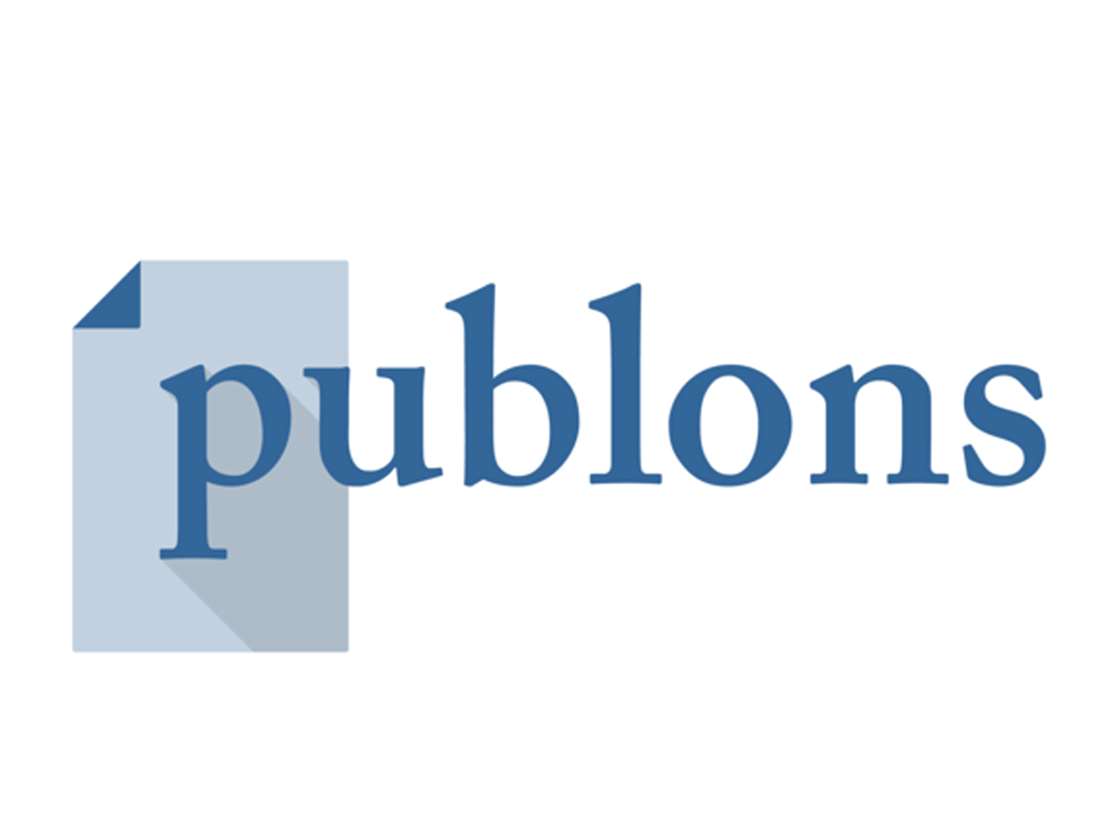The 4Cs Learning Model in Teacher Professional Development Program
DOI:
https://doi.org/10.21512/humaniora.v11i2.6508Keywords:
4Cs learning model, professional teacher, professional development programAbstract
The research aimed to analyze the effectiveness of 4Cs models (communication, collaboration, critical thinking and problem-solving, as well as creativity and innovation) to improve teachers’ performance in the 21st-century era. The development of technology in the era, especially in the way of learning of students, was responded to lately by schools and teachers. Using a qualitative case study, the research analyzed the school’s professional development program using the 4Cs model. The research result shows that the model of 4Cs gives enthusiasm, and a deep impression on teachers in their classroom activities accelerates the competences of teachers in using technology. Besides, it shows the level of importance of the model: communication, then creativity, collaboration, and critical thinking. The research has limitations in assessing the performance of students who are taught by trained teachers. So, further research is proposed to analyze the performance of students regarding the 4Cs competences.
Plum Analytics
References
Alismail, H. A., & McGuire, P. (2015). 21st-century standards and curriculum: Current research and practice. Journal of Education and Practice, 6(6), 150-155.
Changwong, K., Sukkamart, A., & Sisan, B. (2018). Critical thinking skill development: Analysis of a new learning management model for Thai high schools. Journal of International Studies, 11(2), 37-48. https://doi.org/10.14254/2071-8330.2018/11-2/3.
Cleveland-Innes, M., Emes, C., & Ellard, J. (2001). On being a social change agent in a reluctant collegial environment. Planning for Higher Education, 29(4), 25-33.
Doering, A., Veletsianos, G., Scharber, C., & Miller, C. (2009). Using the technological, pedagogical, and content knowledge framework to design online learning environments and professional development. Journal of Educational Computing Research, 41(3), 319-346. https://doi.org/10.2190/EC.41.3.d.
Doringin, F. (2019). The steps of technology implementation in education for sustainable development of junior highschool in Jakarta. In The 1st Workshop on Multimedia Education, Learning, Assessment and its Implementation in Game and Gamification in conjunction with COMDEV 2018. Medan, Indonesia. https://doi.org/10.4108/eai.26-1-2019.2282955.
Doringin, F., & Sasmoko. (2017). The model of professional development program for the internationalization of secondary education: Case study in SMA Lokon, North Sulawesi. Proceedings - 2017 International Symposium on Educational Technology, ISET 2017. Hongkong, China. https://doi.org/10.1109/ISET.2017.63
Horn, M. B., & Fisher, J. F. (2017). New faces of blended learning. Educational Leadership, 74(6), 59-63.
Hussin, A. A. (2018). Education 4.0 made simple: Ideas for teaching. International Journal of Education & Literacy Studies, 6(3), 92-98. https://doi.org/10.7575/aiac.ijels.v.6n.3p.92.
Karim, A., Shahed, F. H., Rahman, M. M., & Mohamed, A. R. (2019). Revisiting innovations in ELT through online classes: An evaluation of the approaches of 10 minute school. Turkish Online Journal of Distance Education, 20(1), 248-266. https://doi.org/10.17718/tojde.522729.
Kaufman, I. (2011, October 24). Are you a digital alien, digital immigrant, or digital native? Marketing to the digital WHO. Retrieved from https://www.socialmediatoday.com/content/are-youdigital-alien-digital-immigrant-or-digital-nativemarketing-digital-who.
Levenburg, N., & Howard, M. (1998). Distance learning: Implications for higher education in the 21st century. Retrieved from http://ts.mivu.org/default.asp?show=article&id=1034.
Mishra, P., & Koehler, M. J. (2008). Introducting technological pedagogical content knowledge. In Annual Meeting of the American Educational Research Association. New York, United States of America. pp. 1-16.
OECD. (2016). Country note – Results from PISA 2015: Indonesia. Retrieved from https://www.oecd.org/pisa/PISA-2015-Indonesia.pdf.
P21.org. (2018). Framework for 21st Century learning- P21. Retrieved from http://www.p21.org/our-work/p21-framework.
Park, J. Y. (2011). Design education online: Learning delivery and evaluation. International Journal of Art and Design Education, 30(2), 176-187. https://doi.org/10.1111/j.1476-8070.2011.01689.x.
Prensky, B. M. (2001). Digital natives, digital immigrants, do they really think differently? Retrieved from https://www.marcprensky.com/writing/Prensky%20-%20Digital%20Natives,%20Digital%20Immigrants%20-%20Part2.pdf.
Rafi, I., & Sabrina, N. (2019). Pengintegrasian TPACK dalam pembelajaran transformasi geometri SMA untuk mengembangkan profesionalitas guru Matematik. SJME (Supremum Journal of Mathematics Education), 3(1), 47-56. https://doi.org/10.35706/sjme.v3i1.1430.
Sugiyarti, L., Arif, A., & Mursalin. (2018). Pembelajaran abad 21 di SD. Prosiding Seminar dan Diskusi Nasional Pendidikan Dasar. pp. 439-444.
Wahyuni, L. M., Masih, I. K., & Mei Rejeki, I. N. (2018). Communication skill attributes needed for vocational education enter the workplace. Journal of Physics: Conference Series, 953(1), 1-6. https://doi.org/10.1088/1742-6596/953/1/012111.
Wani, I., & Mehraj, H. (2014). Total quality management in education: An analysis. International Journal of Humanities and Social Science Invention, 3(6), 71-78. http://dx.doi.org/10.4236/jss.2016.411017.
Zafirov, C. (2013). New challenges for the project based learning in the digital age. Trakia Journal of Sciences, 11(3), 298-302. https://doi.org/10.1007/0-387-32216-7.
Downloads
Published
How to Cite
Issue
Section
License
Copyright (c) 2020 Sunardi Sunardi

This work is licensed under a Creative Commons Attribution-ShareAlike 4.0 International License.
Authors who publish with this journal agree to the following terms:
a. Authors retain copyright and grant the journal right of first publication with the work simultaneously licensed under a Creative Commons Attribution License - Share Alike that allows others to share the work with an acknowledgment of the work's authorship and initial publication in this journal.
b. Authors are able to enter into separate, additional contractual arrangements for the non-exclusive distribution of the journal's published version of the work (e.g., post it to an institutional repository or publish it in a book), with an acknowledgment of its initial publication in this journal.
c. Authors are permitted and encouraged to post their work online (e.g., in institutional repositories or on their website) prior to and during the submission process, as it can lead to productive exchanges, as well as earlier and greater citation of published work.
USER RIGHTS
All articles published Open Access will be immediately and permanently free for everyone to read and download. We are continuously working with our author communities to select the best choice of license options, currently being defined for this journal as follows: Creative Commons Attribution-Share Alike (CC BY-SA)
























